The following message is intended for those 21+. Please enjoy responsibly.
Curious about the difference between Pinot Noir vs Merlot? This comprehensive red wine guide is for wine lovers of all levels - from casual sippers to budding connoisseurs - who want to better understand these two popular varietals. In this post, you'll learn how Pinot Noir and Merlot compare in terms of taste, body, tannins, food pairings, and regional influences.
Drawing from over a decade of wine tasting and reviews on Living the Gourmet, I've tailored this guide to offer my expert insight into what makes each of these wines unique. We'll explore how terroir - from the slopes of Burgundy to California's valleys - shapes each wine's personalities, and why Pinot Noir's delicate complexity contrasts so well with Merlot's smooth, fruit-forward charm.
Whether you're choosing a bottle for a dinner party or expanding your wine knowledge, this post will help you confidently distinguish between these classic reds and appreciate their subtle (and not-so-subtle) differences.
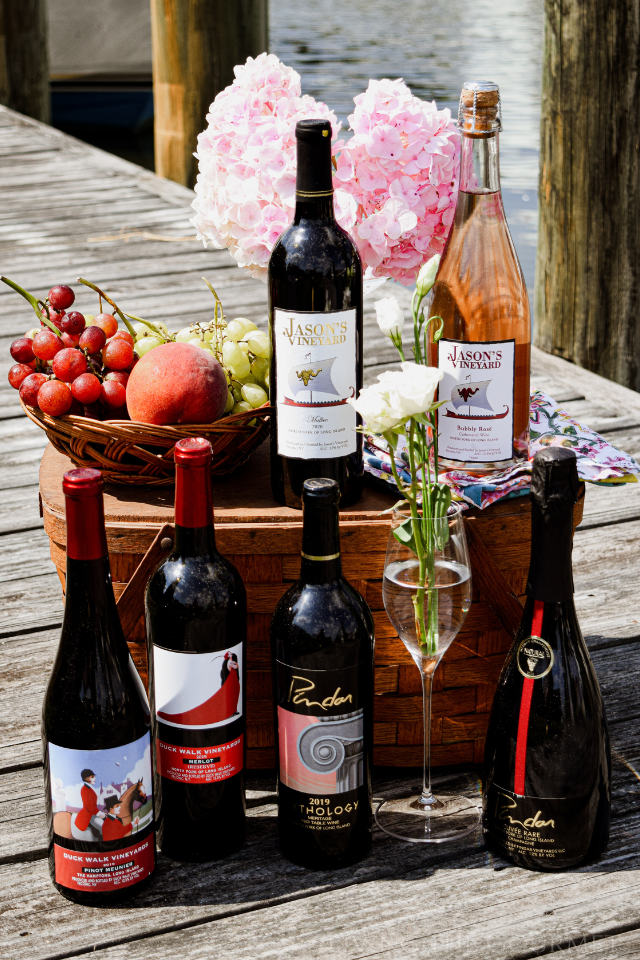
Pinot Noir vs Merlot - Similarities and Differences
Let's start at the beginning. Aside from being red wine grapes, what is Pinot Noir and what is Merlot? What are their main differences and similarities?
What does a good Pinot Noir or a good Merlot generally taste like? Does either wine qualify as being a dry red wine? A full-bodied red wine? What impact does terroir have on these grapes? And what are their most unique characteristics?
Those questions and more are what we're answering below.
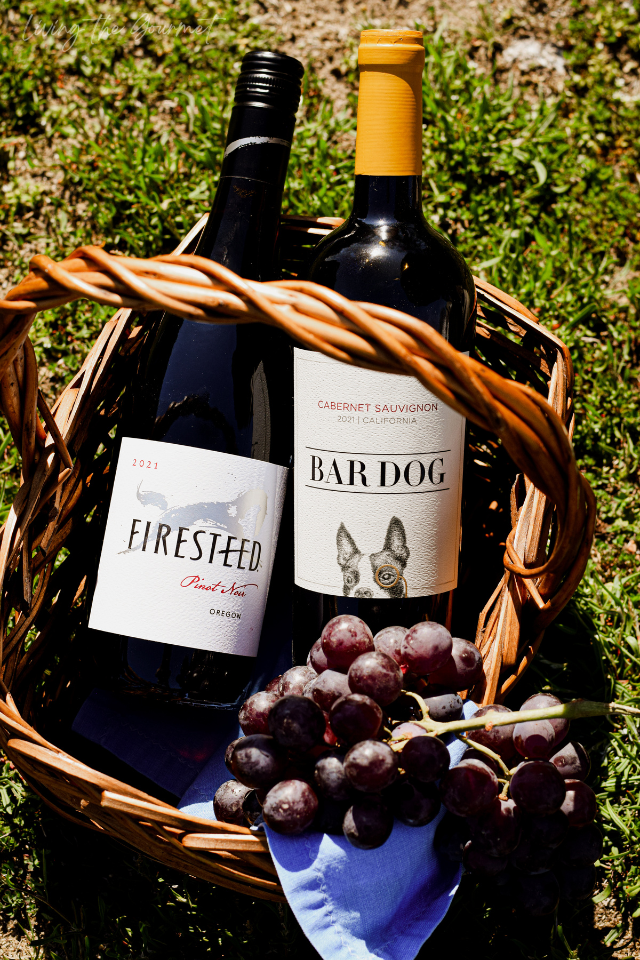
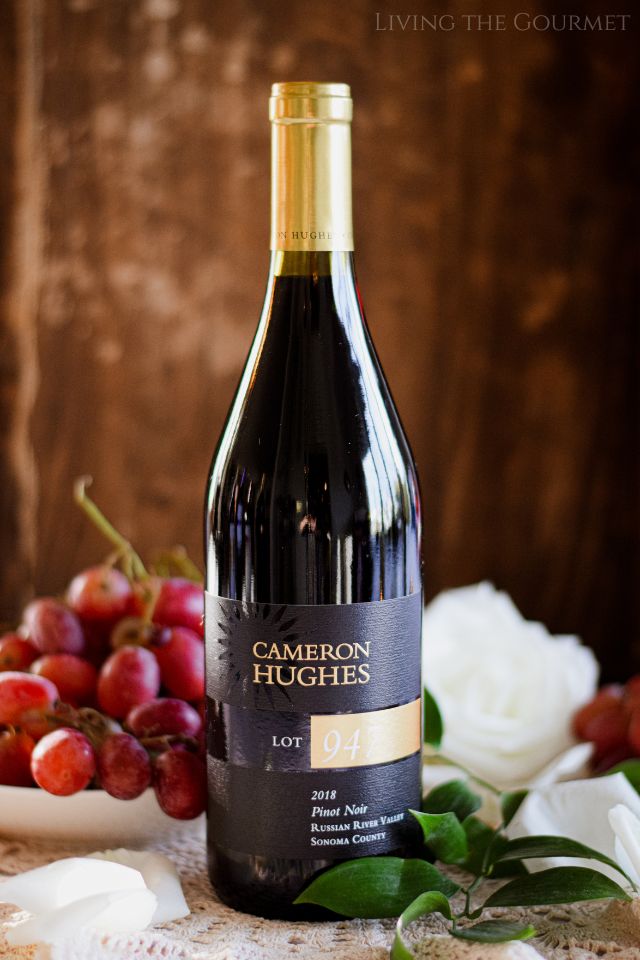
Pinot Noir Overview
- Characteristics: Pinot Noir grapes are known for their thin skin and susceptibility to disease, making them challenging to cultivate. However, when grown in the right conditions, Pinot Noir produces wines of exceptional elegance and complexity. Pinot Noir is prized for its delicate aromas, including red fruit (such as cherry, raspberry, and strawberry), floral notes (such as rose and violet), and earthy undertones (such as mushroom and forest floor).
- Flavor Profile: Pinot Noir wines typically exhibit a lighter body compared to Merlot, with high acidity and low tannin content. The flavor profile can vary depending on the region and winemaking techniques but often includes fruity flavors, especially red fruits, along with subtle spice and minerality. Cool-climate Pinot Noir tends to be more acidic with bright fruit flavors, while warmer-climate versions may display riper fruit characteristics and richer texture.
- Impact of Terroir: Pinot Noir is highly expressive of its terroir, meaning that the climate, soil, and topography of the vineyard have a significant influence on the resulting wine. Cool-climate regions like Burgundy, Oregon, and New Zealand produce Pinot Noir with bright acidity, elegance, and rich complexity. Warmer regions may yield riper fruit flavors and softer tannins.
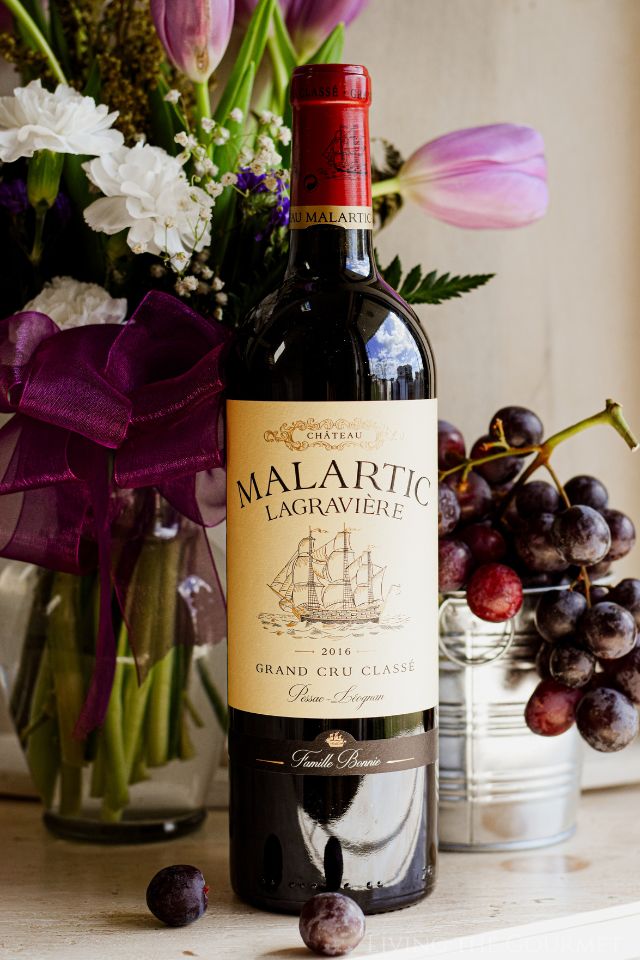
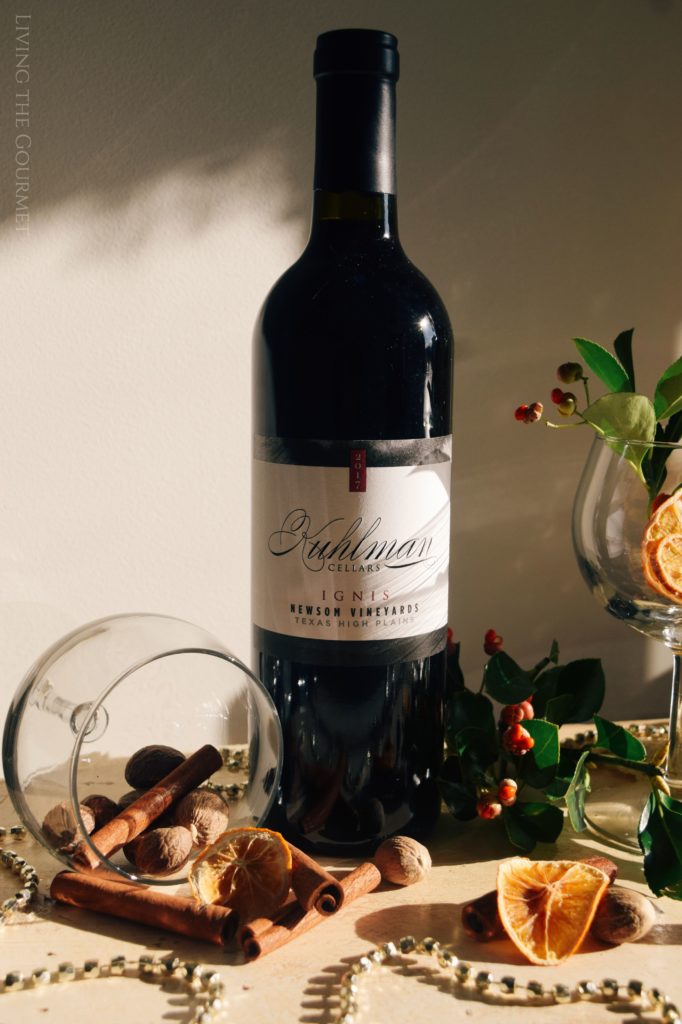
Merlot Overview
- Characteristics: Merlot grapes are known for their thick skins and their ability to ripen earlier than many other red grape varieties. This makes them more resilient to adverse weather conditions. Merlot is characterized by its lush fruit flavors, soft tannins, and smooth texture. It is often used in blending but can also shine as a varietal wine.
- Flavor Profile: Merlot wines typically offer ripe fruit flavors such as plum, black cherry, and blackberry, along with notes of chocolate, mocha, and herbs. Compared to Pinot Noir, Merlot tends to have a fuller body, softer acidity, and rounder mouthfeel. Decanting generally enhances these qualities.
- Impact of Terroir: Though not nearly as finicky as Pinot Noir, terroir nevertheless plays a significant role in shaping the characteristics of Merlot wines. In Bordeaux, where Merlot is a key grape variety, the wine can range from elegant and fruit-driven in cooler areas like Saint-Émilion to rich and powerful in warmer regions like Pomerol. In regions like California's Napa Valley and Washington State, Merlot thrives in the areas' diverse terroirs, producing wines with wildly varying styles and expressions.
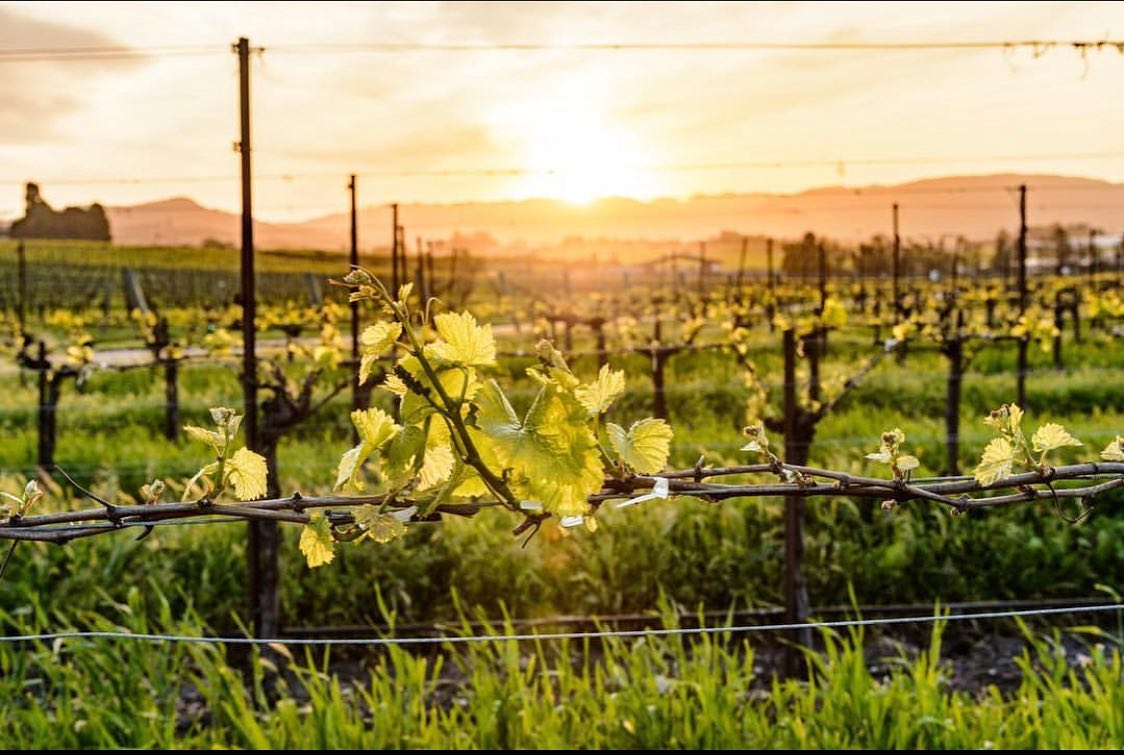
Pinot Noir - Primary Regions
Location is everything when it comes to winemaking, as only Cabernet Sauvignon grapes can truly flourish (almost) anywhere vines can be grown. For all other grapes, terroir plays kingmaker.
Pinot Noir tends to do well in wine regions with cooler climates. Cooler climates help preserve the delicate flavors and aromas characteristic of Pinot Noir, resulting in wines with vibrant acidity, nuanced fruit profiles, and elegant textures. Warmer climates can sometimes lead to overripe fruit flavors and loss of acidity, affecting the wine's overall balance and complexity.
With that in mind, here are the wine regions currently producing what are considered to be the best pinot noirs.
- Burgundy, France: One of the most renowned regions for Pinot Noir is the Burgundy region of France, particularly the subregions of Côte de Nuits and Côte de Beaune - which are essentially tailormade for the growing of quality Pinot Noir. Here, the limestone-rich soils and moderate maritime climate provide the perfect conditions for producing some of the most sought-after Pinot Noir wines in the world. Overall, Burgundy pinot noirs are known for their elegance, complexity, and age-worthiness.
- Willamette, Oregon: Outside of France, Oregon's Willamette Valley has emerged as a premier destination for Pinot Noir enthusiasts - as well as a magnet for global pinot noir talent. The region's diverse microclimates and volcanic soils create a mosaic of terroirs that yield wines with vibrant fruit flavors, balanced acidity, and silky textures. Within Willamette Valley, subregions like Dundee Hills, Yamhill-Carlton, and Ribbon Ridge are particularly celebrated for their exceptional Pinot Noir expressions.
- Sonoma Coast, California: In California, the Sonoma Coast stands out as a top producer of Pinot Noir globally. This comes courtesy of the region's proximity to the Pacific Ocean, and the area's cool maritime influences. Subregions such as the Russian River Valley, Sonoma Coast AVA, and Santa Lucia Highlands are renowned for crafting Pinot Noir wines with intense red fruit flavors and supple tannins, that give Californian pinot noir a distinct sense of place - that is, you can almost always 'tell' a Californian pinot noir, and that's a sign of excellence.
- South Island, New Zealand: Moving across the globe, New Zealand's South Island, particularly the Marlborough and Central Otago regions, has garnered acclaim for its vibrant and fruit-forward Pinot Noir wines. The cool maritime climate of Marlborough and the continental climate of Central Otago impart distinct characteristics, ranging from bright red fruit to earthy flavors and spice.
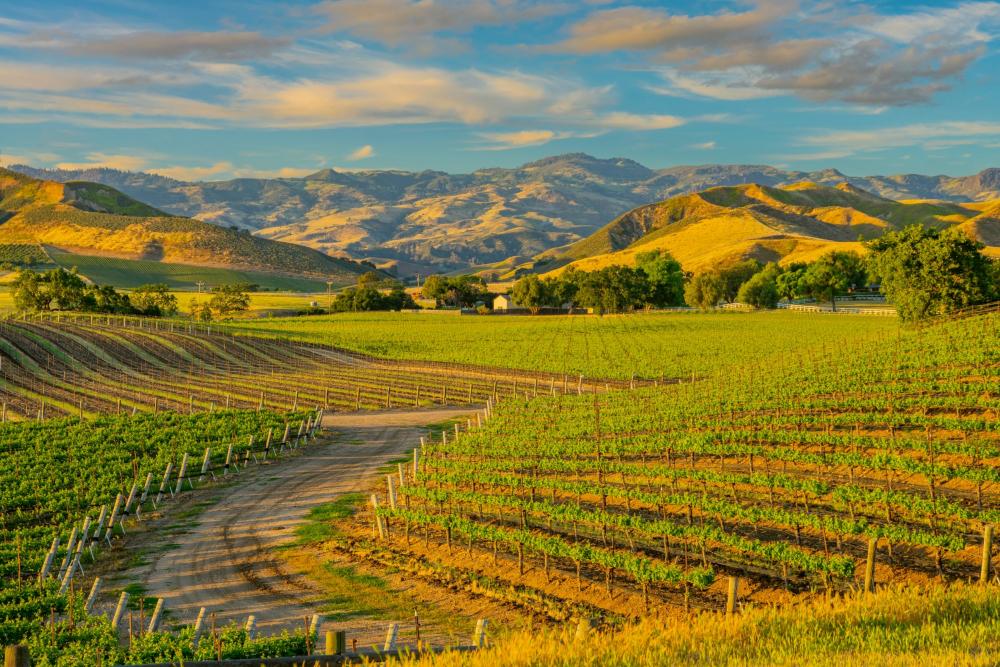
Merlot - Primary Regions
Merlot is among the most widely planted grape varietals in the world, second only to cabernet sauvignon itself - which is dubbed by many winemakers as "The Wine Grape." And there's a reason for this - merlot positively 'drinks' the soil it is planted in, make it an ideal grape for the 'crafting' wine.
That said, what areas are best known for their merlot? Let's take a look:
- Bordeaux, France: The Birthplace
- Merlot is native to Bordeaux, and is arguably region most famous for this grape. Merlot is a key component in the Bordeaux blend, often alongside Cabernet Sauvignon and Cabernet Franc.
- Within Bordeaux, the Right Bank regions of Pomerol and Saint-Émilion are renowned for their exceptional Merlot-dominated wines. Pomerol is particularly famous for producing some of the world's most sought-after and expensive Merlot-based wines, such as Château Pétrus.
- Tuscany, Italy:
- In Italy, Merlot is perhaps best known for its role in the king of the Super Tuscan blends, though it is also produced as a varietal wine. The Bolgheri region in Tuscany, in particular, is known for its Merlot wines, often offering a ripe and full-bodied expression of this grape.
- Napa Valley, California, USA:
- Napa Valley is arguably the most prestigious wine regions in the United States (and the world) and produces exceptional Merlot wines. The region is known for its velvety, fruit-forward Merlots, often with notes of dark cherries and plums.
- Within Napa Valley, the Oak Knoll District and Carneros AVAs are recognized for their Merlot production.
- Washington State, USA:
- Washington State, especially the Columbia Valley, has gained recognition for its Merlot wines. The region's cooler climate results in Merlot wines with excellent acidity and a balanced fruit profile.
- Walla Walla Valley, within Washington State, is another notable area for Merlot production.
- Chile:
- Merlot the bedrock of Chilean winemaking. Chile's Central Valley and Maipo Valley regions produce some excellent Merlot wines. The country's diverse terroirs allow for a range of styles, from fruity and approachable to more structured and complex.
- South Africa:
- Stellenbosch and Paarl in South Africa are known for their Merlot production. South African Merlots often display ripe fruit flavors with a touch of herbal complexity.
- Australia:
- In Australia, regions like Margaret River and Coonawarra produce high-quality Merlot wines. These regions offer a unique expression of Merlot, influenced by their specific terroirs.
- New Zealand:
- Merlot is cultivated in New Zealand, particularly in regions like Hawke's Bay. The New Zealand Merlots are often characterized by bright fruit flavors and a fresh, lively profile.
Food Pairings - Pairing Pinot Noir vs Merlot

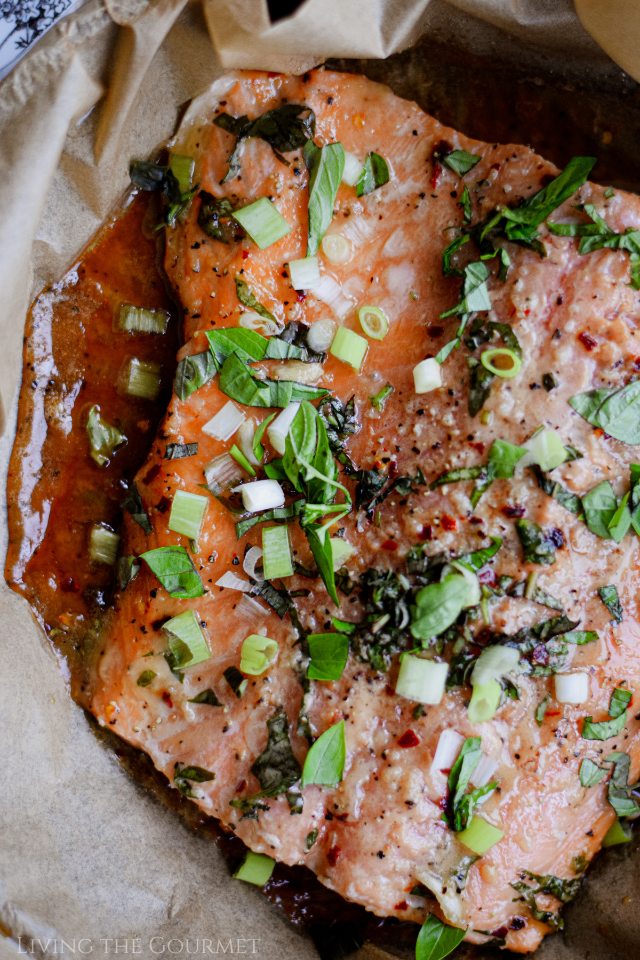
Food Pairings for Pinot Noir:
Now that we've discussed the chief characteristics and top regions for Pinot Noir and Merlot, let's cover the fun stuff - food pairings.
Salmon and Other Fatty Fish: Pinot Noir's versatility extends to seafood, particularly fatty fish like salmon. The wine's acidity and earthy undertones pair well with the richness of the fish, creating a harmonious balance of flavors. Consider a creamy risotto infused with salmon broth and topped with flaked grilled salmon as a luxurious pairing with Pinot Noir. Trout almondine is a classic pinot noir pairing, featuring features pan-seared trout topped with toasted almonds and a lemon-butter sauce. Cedar planked salmon, seared tuna with herbs, and grilled shark are all potential pairings.
Poultry: Pinot Noir's bright acidity and delicate fruit flavors make it an excellent match for white meats, especially poultry dishes, such as roast chicken or turkey. Lighter duck recipes also work beautifully. The wine's acidity cuts through the richness of the meat, while its red fruit notes deliciously complement the flavors.
Mushroom Dishes: The earthy and mushroom notes often found in Pinot Noir make it a natural pairing for mushroom-based dishes such as mushroom risotto, pasta with wild mushrooms, or mushroom and goat cheese tart. The wine's flavors echo those of the mushrooms, enhancing the overall dining experience.
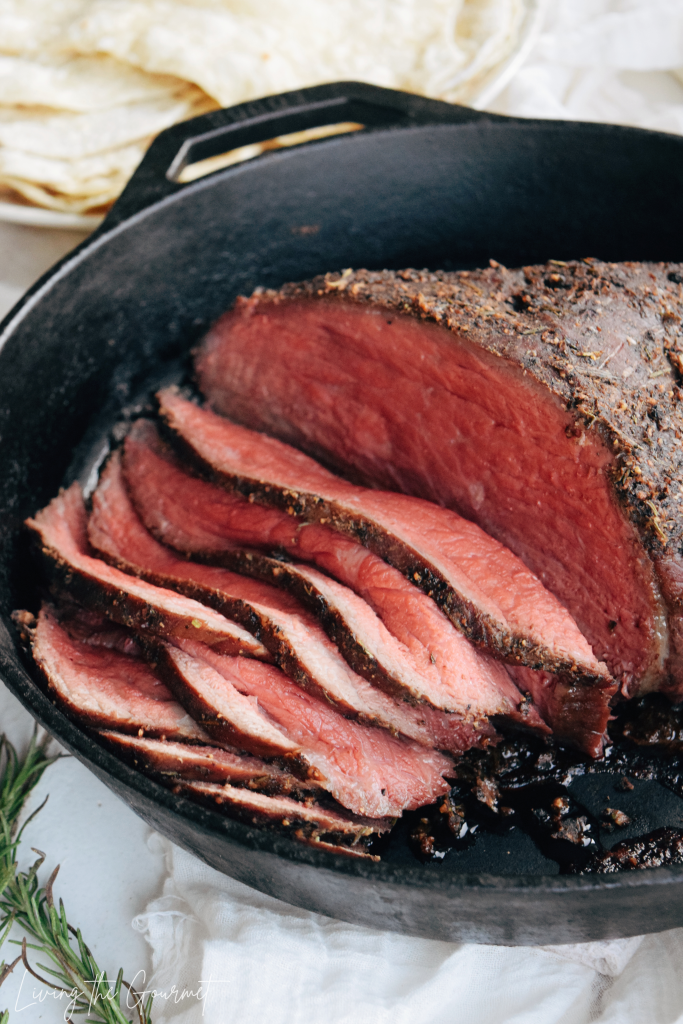
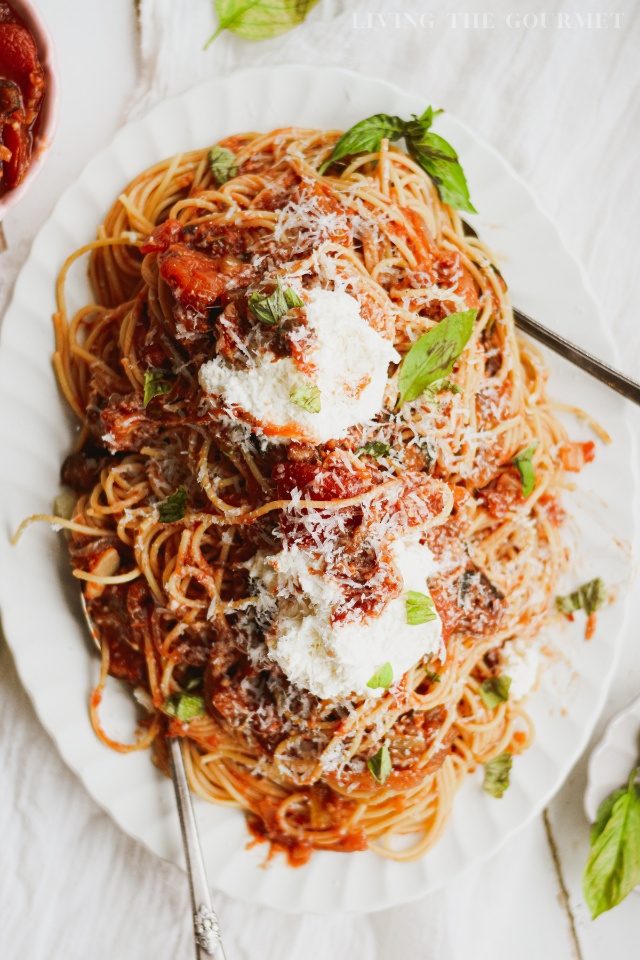
Food Pairings for Merlot:
- Beef and Lamb: Merlot's soft tannins and ripe fruit flavors complement red meat dishes such as beef tenderloin, lamb chops, wild boar, and steak. The wine's plush texture and fruity profile enhance the savory flavors of the meat, creating a luxurious pairing. Lamb moussaka is a delightful Merlot pairing, as the layers of spiced lamb, eggplant, and creamy béchamel sauce in moussaka call for a wine with depth and richness. Braised short ribs are another timeless pairing, either grilled on the barbecue or baked in the oven. A succulent beef tenderloin and simple grilled lamb chops are all perfect pairings.
- Pasta with Tomato-Based Sauces: Merlot's ripe fruit flavors and moderate acidity make it an ideal match for pasta dishes with tomato-based sauces, such as spaghetti bolognese or penne arrabbiata. The wine's fruitiness balances the acidity of the tomatoes and enhances the overall depth of the dish.
- Soft Cheeses: Merlot's approachable nature and smooth texture make it a great companion for soft cheeses like brie, camembert, or gouda. The wine's fruit-forward profile complements the creamy texture of the cheese, while its gentle tannins provide structure without overwhelming the palate.
If You Enjoyed This Article…
And that's our take on pinot noir vs merlot. If you enjoyed this article, and want more content like it, be sure to check out our Red Wine Guide, or our Malbec vs Merlot guide, where we provide you with a crash course on the key differences between Malbec and Merlot, along a variety of pairing suggestions.
Also consider checking out our Ultimate Wine Pairing Guide, where we provide you with a crash course that will have you pair wine and food like a master sommelier in no time! From learning how to pair white wines with more than just fish and salad, to covering the ins and outs of the perfect accompaniment for Bordeaux Blends, and deciphering the tricky-yet-delicious to pair pinks, this guide has got you covered.
Cheers!
3
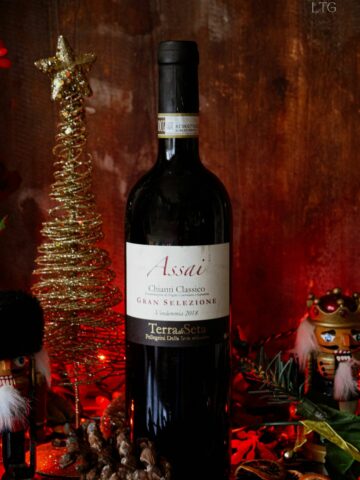
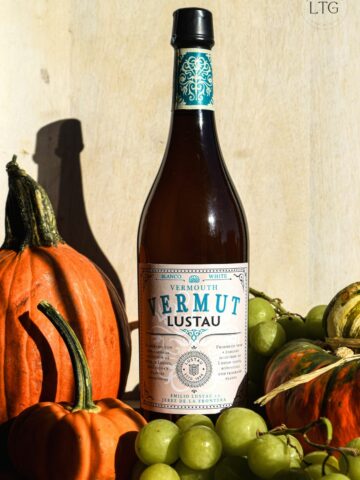
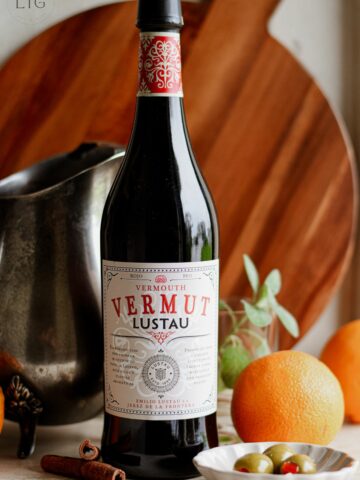

Beth says
I love both pinot noir and merlot. It was so interesting to read about them in this contrast and comparison.
Lisa says
I like both pinot noir and merlot but the only difference I noticed was that merlot was typically robust in taste. I appreciate this explanation and the pairings as many things make more sense!
Yeah Lifetsyle says
Thanks you for sharing your expert knowledge and teaching us more about the flavour profiles and the grapes. I love the sound of Pinot Noir - it sounds like a really lovely flavour profile.
marie Cris Angeles says
I'm starting to like drinking wine. I will try this one for sure and share it with my friends.
Rhian Scammell says
Thanks for breaking this down and sharing some of the similarities and difficulties. I don't know much about wine so this is interesting to read x
adriana says
Ahh this is awesome! I love posts like these! I love a pinot noir especially!
Melanie E says
My husband is learning about different wines, mostly by trying them. I'm going to have to make a beef dish and pair it with a merlot. The food pairings are really helpful, thanks for including them.
Jupiter Hadley says
I am not a huge wine drinker, so the idea of having wine that has notes of chocolate is really interesting! Thank you for sharing these differences.
Heather says
It is good to learn the differences. I can't afford good wine anymore so I get a blend!
Lavanda Michelle says
Your crash course on their distinctive traits and characteristics was incredibly helpful in demystifying the world of red wine.
Kat says
Pinot Noir vs Merlot: A must-read for wine novices! Pinot's delicate fruit and Merlot's plush texture sound intriguing. Cheers to learning more about wine! 🍷👌
Natalie says
I am not much of a wine connoisseur so this was so interesting learning about the differences between the two! I don't think I have tried Merlot.
Jenny says
I love discovering more about all the different wines there are, especially for a dinner party.
Khush says
I didn’t know about the difference. I like both pinot noir and merlot. It was really so informative.